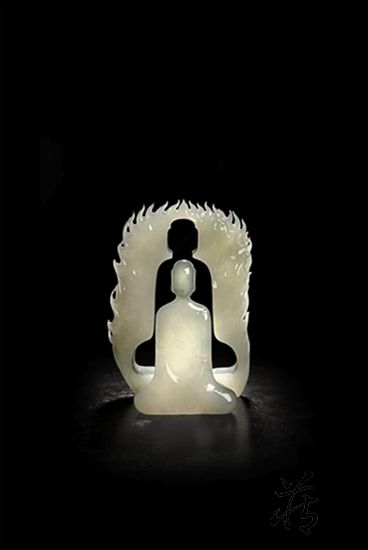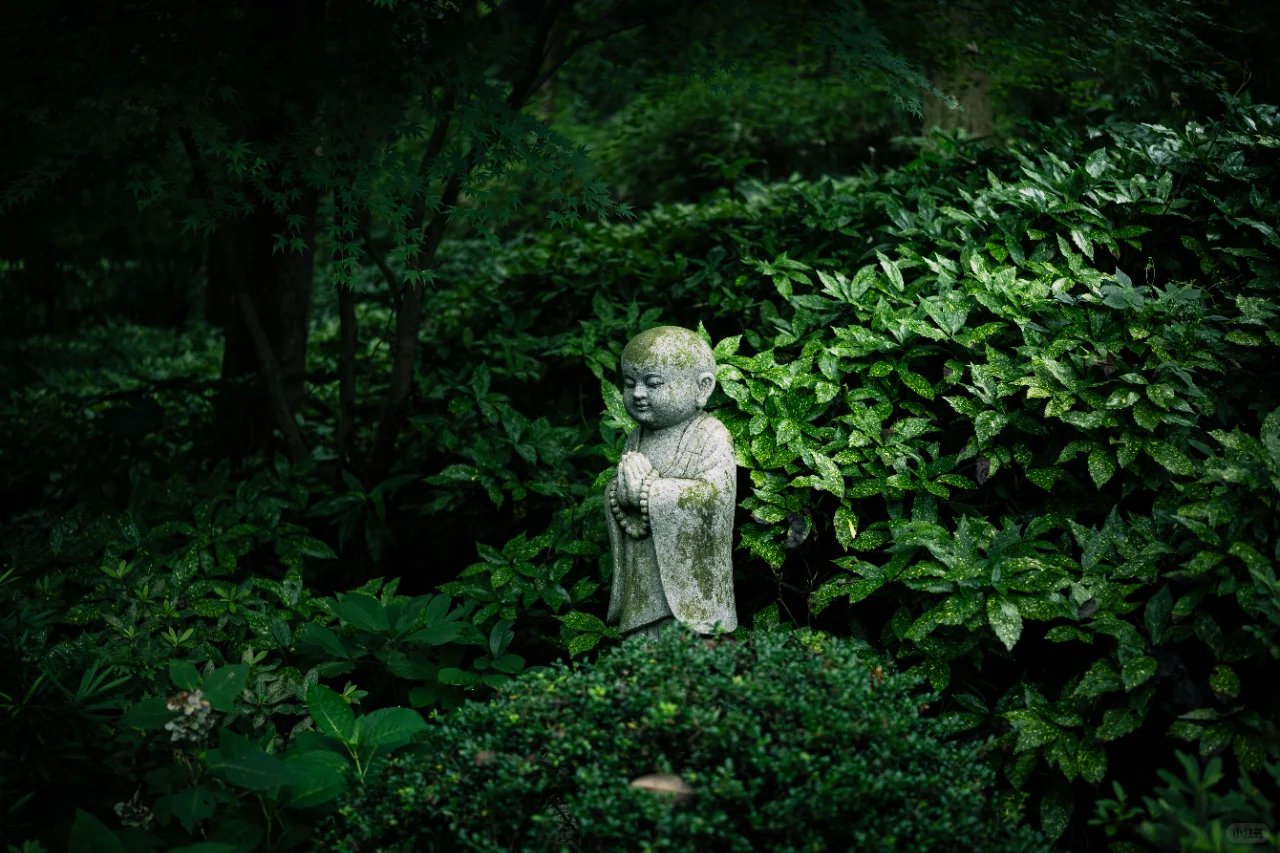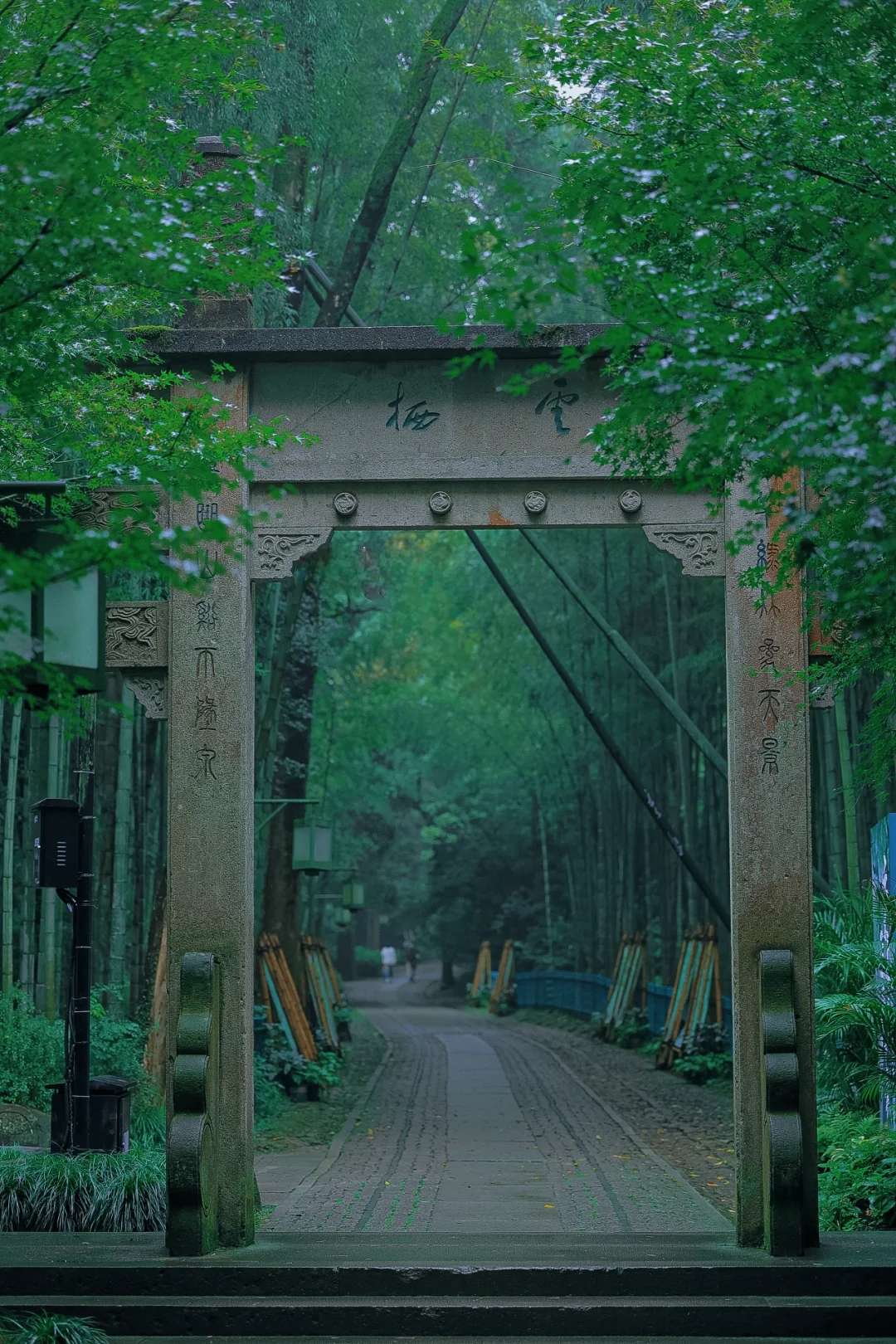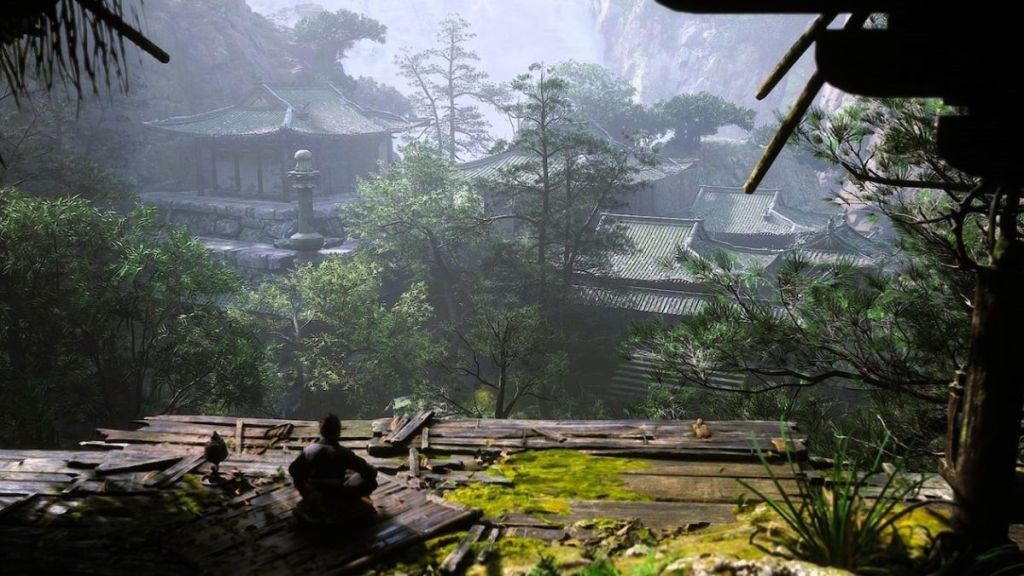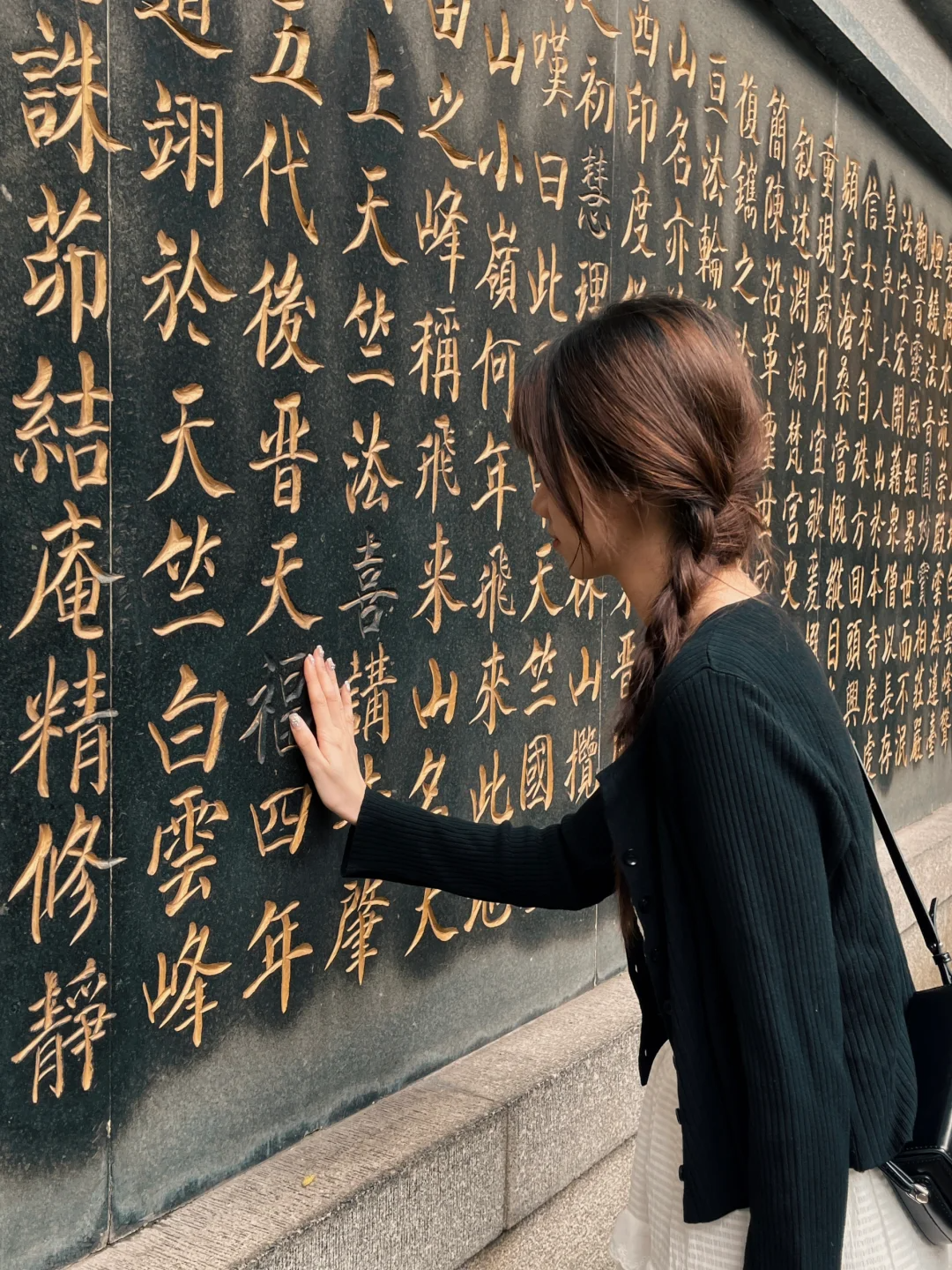The Enlightenment of Shen Hui
Shen Hui’s Enlightenment Journey 🌟
Excerpt from “The Platform Sutra of the Sixth Patriarch”

Once upon a time…
A young boy named Shen Hui, just 13 years old, from the Gao family in Xiangyang, traveled all the way from Yuquan to meet a wise master. 🧳✨
The Master asked: “You’ve traveled so far, it must have been tough. Have you found your true self? If you have, you should recognize your master. Explain it to me.” 🤔
Shen Hui replied: “Taking non-attachment as the basis, seeing is the master.” 🧘♂️
The Master said: “How can a young monk like you say such superficial words?” 😅
Shen Hui then asked: “When you meditate, Master, do you see or not?” 🧘♂️🔍
The Master hit him three times with a staff and asked: “When I hit you, does it hurt or not?”
Shen Hui answered: “It both hurts and does not hurt.” 🤷♂️
The Master said: “I also both see and do not see.” 🧐
Shen Hui asked: “What does it mean to both see and not see?” 🤨
The Master replied: “What I see is always my own faults, not the rights and wrongs, good and bad of others. Therefore, I both see and do not see. As for your statement that it both hurts and does not hurt, what do you mean? If it does not hurt, you are like wood or stone; if it hurts, you are like an ordinary person who becomes angry. 😠 When you speak of seeing or not seeing, you are caught in duality; when you speak of pain or no pain, you are caught in birth and death. ⚖️ You cannot even see your own nature, how dare you fool others?” 🙃
Shen Hui bowed and repented. 🙇♂️
The Master continued: “If your mind is confused and you cannot see, you should ask a wise teacher to find the way. If your mind is enlightened, you will see your own nature and practice according to the Dharma. ✨ You are confused and cannot see your own mind, yet you come to ask if I see or not. What I see is known to myself, how can I substitute my clarity for your confusion? If you see for yourself, you do not need to substitute my clarity. Why not know and see for yourself, instead of asking whether I see or not?” 💭
Shen Hui then bowed over a hundred times, asking for forgiveness for his faults. He served diligently and faithfully, never leaving the master’s side. 🙏💖
Analysis and Understanding
The Master’s Critique of Shen Hui’s Superficial Understanding
The master believed Shen Hui’s answer was too superficial and lacked depth. Although Shen Hui cited Zen teachings, he lacked true insight and practice.
The Gap Between Theory and Practice: Shen Hui’s response was based on classic Zen teachings, namely “non-attachment as the basis, seeing is the master.” “Non-attachment” means the mind is unattached, not bound by external things; “seeing is the master” means seeing one’s true nature is recognizing the master. These words are correct in theory, but the master doubted whether Shen Hui truly understood their profound meaning.
True Realization: The master used three strikes to test whether Shen Hui really understood the true meaning of “non-attachment” and “seeing is the master.” Through this method, the master wanted Shen Hui to validate his enlightenment through actual physical sensations and psychological reactions, not just verbal responses.
Transcending Right and Wrong: The master further explained his state of “both seeing and not seeing,” meaning he always saw his own faults and not the rights and wrongs, good and bad of others. This is a higher level of realization, transcending ordinary dualistic thinking. This suggested that Shen Hui’s answer remained at a theoretical level and had not reached this transcendent understanding.
The Dialectic of Pain and No Pain: When Shen Hui answered “both pain and no pain,” the master pointed out that if there is no pain, it is like wood or stone; if there is pain, it is like an ordinary person who becomes angry. This indicated that Shen Hui had not truly understood the nature of pain and no pain, and the master hoped he would deeply understand the transcendence of the mind through this dialectic.
The Master’s Critique of Shen Hui’s question
The master believed Shen Hui’s question, “What is both seeing and not seeing?” was wrong for several reasons, primarily because it showed that Shen Hui had not deeply understood the master’s answer and also revealed his misunderstanding of Zen practice.
Failure to Understand the Master’s Realm: The master’s “both seeing and not seeing” is a realm that transcends right and wrong, transcending dualistic thinking, meaning he always saw his own faults and not the rights and wrongs, good and bad of others. Shen Hui’s question “What is both seeing and not seeing?” clearly showed that he had not understood this realm and was still pursuing an external phenomenon.
Confused Mind vs. Enlightened Mind: The master emphasized that if one’s mind is confused and cannot see the true self, one should ask a wise teacher for guidance. If one’s mind is enlightened, one can see one’s true nature and practice according to the Dharma. Shen Hui’s question indicated that he had not reached the state of enlightenment and was still attached to external seeing and not seeing, showing he was still in confusion.
The Importance of Self-Knowledge and Self-Seeing: The master pointed out that what he saw was his own perception, which could not replace Shen Hui’s confusion. Similarly, what Shen Hui saw could not replace the master’s realization. The master hoped Shen Hui could know and see for himself, rather than relying on others’ insights.
In summary, the master believed that while Shen Hui’s answer was theoretically correct, it lacked actual insight and deep realization. Therefore, the master used a series of practical questions and physical sensations to guide Shen Hui to a deeper understanding of Zen’s core teachings.
